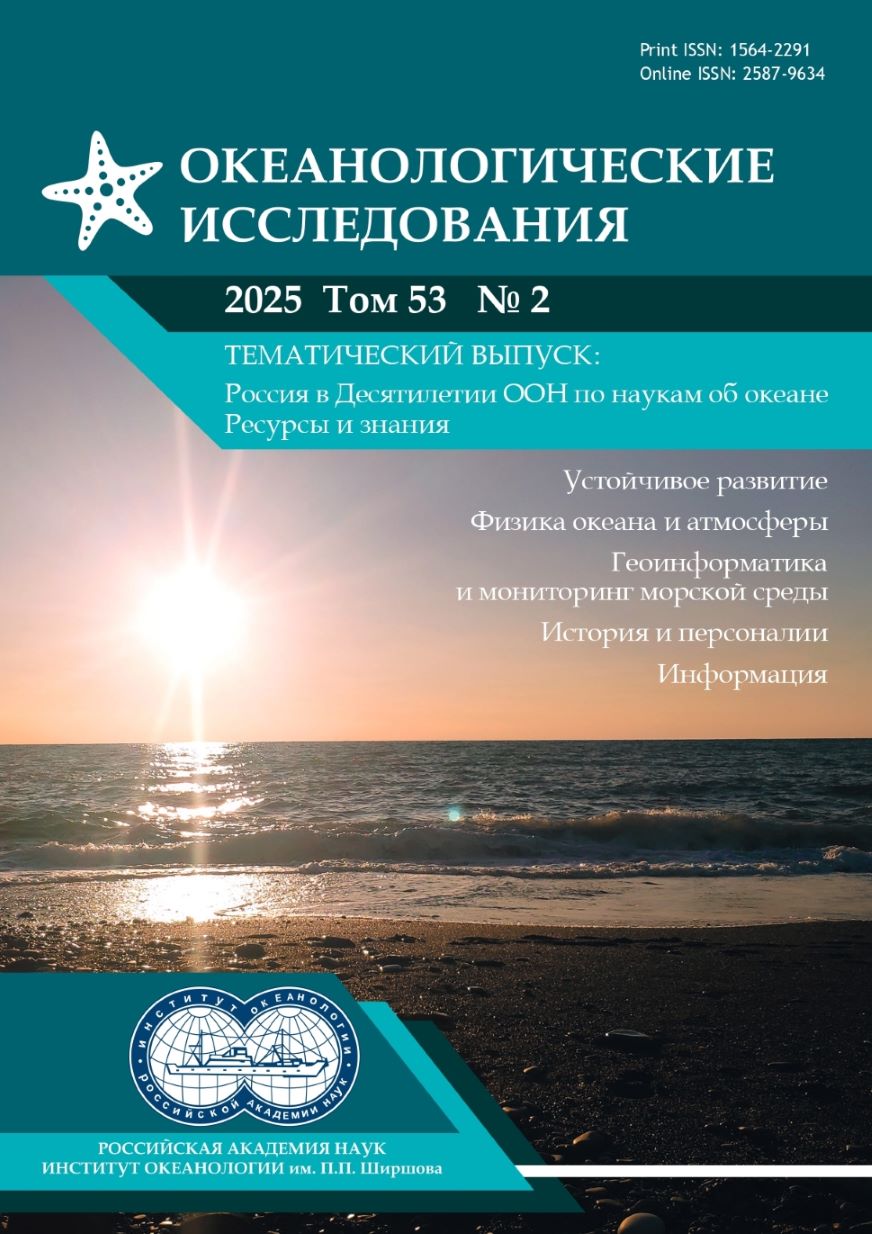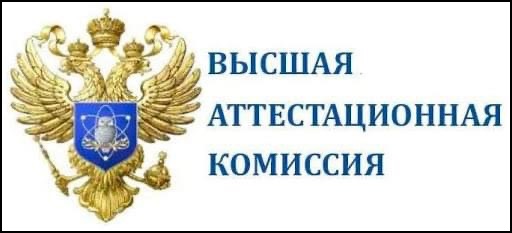ВOCCТАНОВЛЕНИЕ ПРИПОВЕРХНОСТНОЙ ВЛАЖНОСТИ АТМОСФЕРЫ НАД ОКЕАНОМ ПО ДАННЫМ СОПУТСТВУЮЩИХ МЕТЕОРОЛОГИЧЕСКИХ ИЗМЕРЕНИЙ С ПРИМЕНЕНИЕМ МЕТОДОВ МАШИННОГО ОБУЧЕНИЯ
Аннотация
Влажность воздуха в приповерхностном слое атмосферы над океаном является ключевым климатическим параметром, влияющим на процессы переноса влаги и тепла между океаном и атмосферой, а также на динамику атмосферных процессов в целом. Анализ метеорологических данных, собранных в течение XX века, показывает разреженность рядов измерений влажности в пространстве и времени. Международный массив данных о характеристиках океана и атмосферы (ICOADS) указывает на недостаточную плотность измерений в начале XX века по сравнению с более поздними периодами, что создает сложности для адекватного анализа климатических тенденций относительной влажности. Представленные в литературе методы восстановления временных рядов влажности зачастую демонстрируют ограниченную точность, основываясь преимущественно на статистических и эвристических подходах. Наша работа направлена на повышение качества решения этой задачи за счет применения методов машинного обучения. В настоящей статье решена задача в формулировке аппроксимации моментальных значений относительной влажности по данным сопутствующих измерений атмосферного давления, температуры воздуха, скорости и направления ветра, температуры поверхности океана, а также наблюдений количества и типов облачности на трех ярусах. Кроме этого, в составе сопутствующих переменных используется код погоды по стандарту ВМО и расчетная высота солнца. В исследовании использованы модели машинного обучения следующих типов: линейная регрессия, дерево решений, случайный лес, градиентный бустинг и полносвязная искусственная нейронная сеть. Для повышения территориальной и временной специфичности разрабатываемых моделей мы провели исследование для каждой ячейки размером 2° по широте и долготе (географическая трапеция) и каждого сезона по отдельности. На основе полученных результатов были построены карты пространственного распределения ошибок моделей, которые позволили выявить регионы с высокой и низкой точностью аппроксимации влажности. Исследование подтвердило эффективность методов машинного обучения для восстановления климатических рядов, определило наиболее подходящие модели для этой задачи и обозначило перспективные направления для дальнейшей работы.
Литература
- Александрова М. П., Гулев С. К. Реконструкция долгопериодной изменчивости облачности и радиационных потоков над Мировым океаном: Дис. на канд. физико-математических наук: 01.06.17. М.: ИО РАН, 2023.
- Adele Cutler, D. Richard Cutler, John R. Stevens Random Forests // J. Springer Nature. Ensemble Machine Learning. 2012. https://doi.org/10.1007/978-1-4419-9326-7_5.
- Barry de Ville Decision trees // J. WIREs Computational Statistics. 2013. Vol. 5. Iss. 6. https://doi.org/10.1002/wics.1278.
- Callum J. Shakespeare, Michael L. Roderick What Controls Near-Surface Relative Humidity Over the Ocean // James. Journal of Advances in Modeling Earth System. 2024. https://doi.org/10.1029/2023MS004168.
- Carsten Abraham, Colin Goldblatt Changes in Relative Humidity Profiles over Earth’s Oceans in a Warming Climate: A Satellite-Data-Based Inference // Journal of the Atmospheric Sciences. 2023. https://doi.org/10.1175/JAS-D-22-0119.1.
- Efron B. Bootstrap Methods: Another Look at the Jackknife // The Annals of Statistics. 1979. No. 1 (7). P. 1–26.
- Eric Freeman, Scott D. Woodruff, Steven J. Worley, Sandra J. Lubker, Elizabeth C. Kent, William E. Angel, David I. Berry, Philip Brohan, Ryan Eastman, Lydia Gates, Wolfgang Gloeden, Zaihua Ji, Jay Lawrimore, Nick A. Rayner, Gudrun Rosenhagen, Shawn R. Smith ICOADS Release 3.0: a major update to the historical marine climate record // International Journal of Climatology. 2017. No. 5 (37). https://doi.org/10.1002/joc.4775.
- Hancock J. T., Khoshgoftaar T. M. CatBoost for big data: an interdisciplinary review // J. Big Data 7. 2020. https://doi.org/10.1186/s40537-020-00369-8.
- Hussain Almarzooq, Umair bin Waheed Automating hyperparameter optimization in geophysics with Optuna: A comparative study // J. Geophysical Prospecting. 2024. https://doi.org/10.1111/1365-2478.13484.
- Jiajun Guo, Liang Zhang, Ruqiang Guo Relative humidity prediction with covariates and error correction based on SARIMA-EG-ECM model // J. Springer Nature. Modeling Earth Systems and Environment. 2023. https://doi.org/10.1007/s40808-023-01738-x.
- John R. Borchert Regional Differences in the World Atmospheric Circulation // J. Annals of the Association of American Geographers. 2008. https://doi.org/10.2307/2561080.
- Luminda Niroshana Gunawardhana, Ghazi A. Al-Rawas, So Kazama An alternative method for predicting relative humidity for climate change studies // J. Meteorological application. 2017. https://doi.org/10.1002/met.1641.
- Marvin Minsky, Seymour Papert Perceptrons: An Introduction to Computational Geometry // The MIT Press. 1969.
- Matthieu Parizy, Norihiro Kakuko, Nozomu Togawa Fast Hyperparameter Tuning for Ising Machines // 2023 IEEE International Conference on Consumer Electronics (ICCE). 2023. https://doi.org/10.1109/ICCE56470.2023.10043382.
- Takuya Akiba, Shotaro Sano, Toshihiko Yanase, Takeru Ohta, Masanori Kayama Optuna: A Next-generation Hyperparameter Optimization Framework // Conference: the 25th ACM SIGKDD International Conference. 2019. https://doi.org/10.48550/arXiv.1907.10902.
Передача авторских прав происходит на основании лицензионного договора между Автором и Федеральным государственным бюджетным учреждением науки Институт океанологии им. П.П. Ширшова Российской академии наук (ИО РАН)













